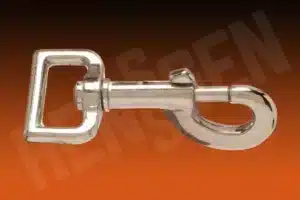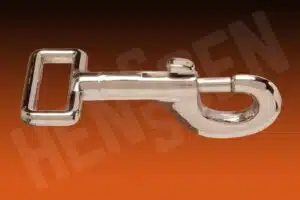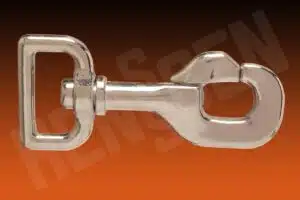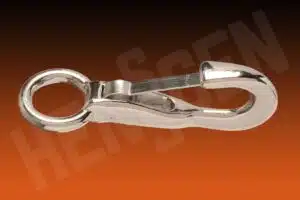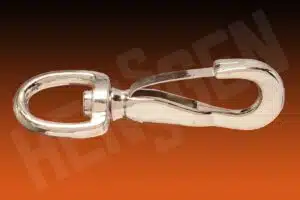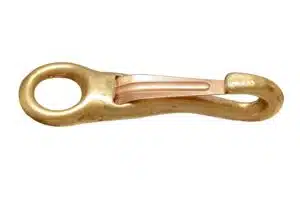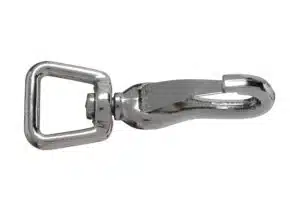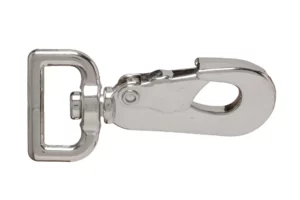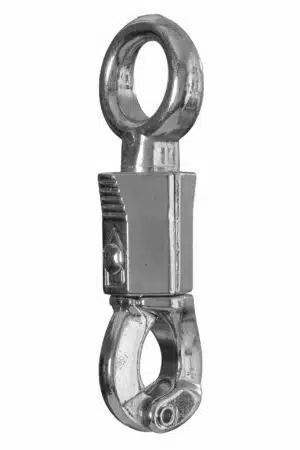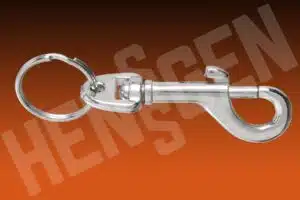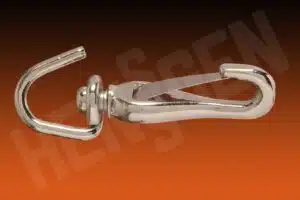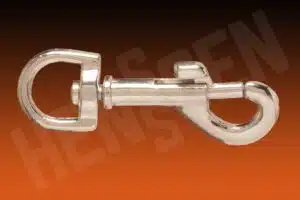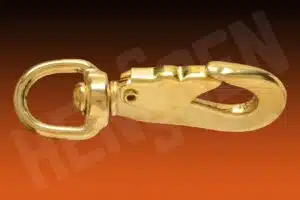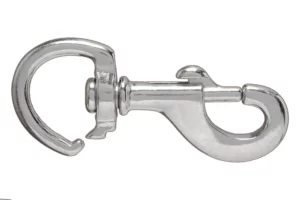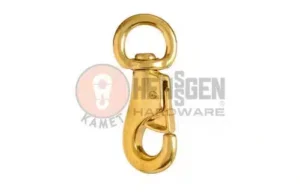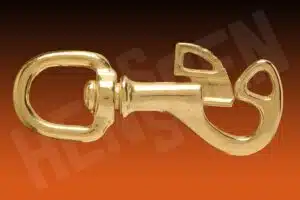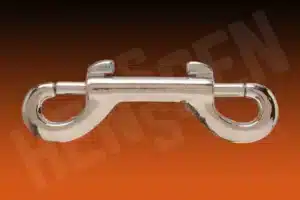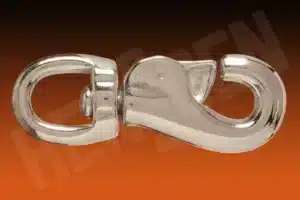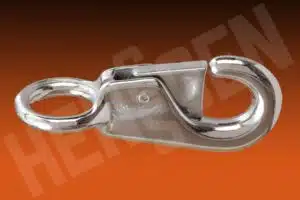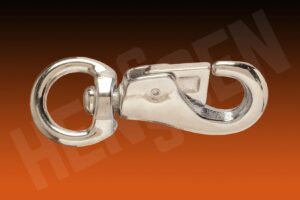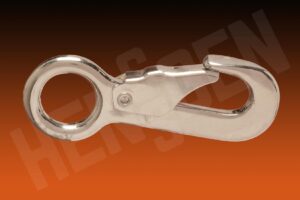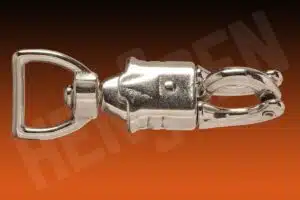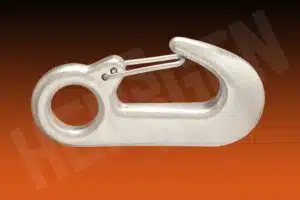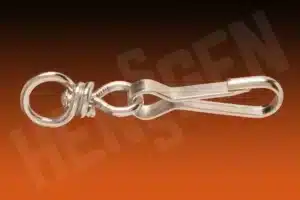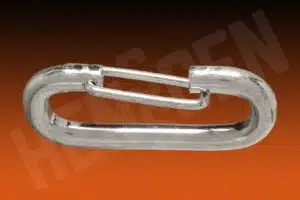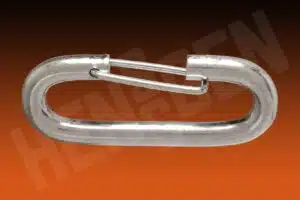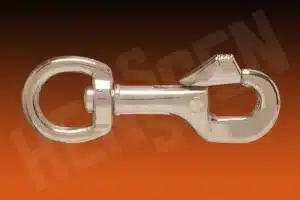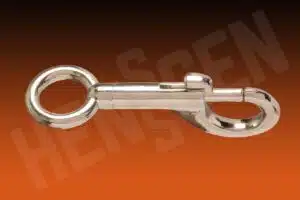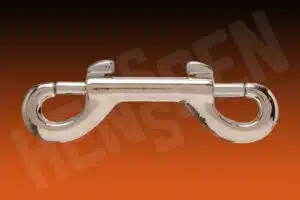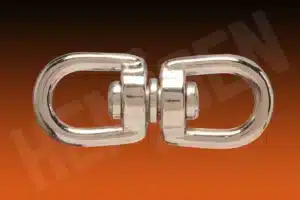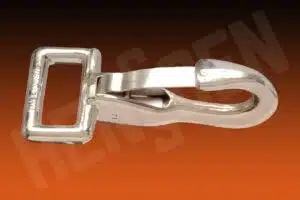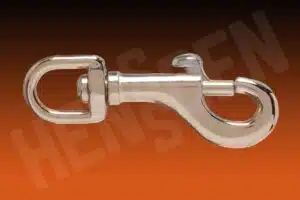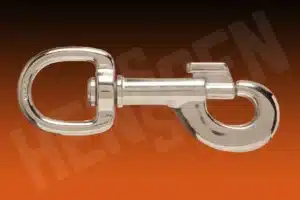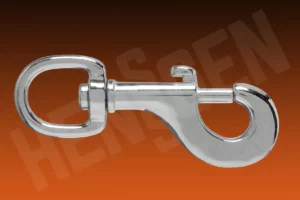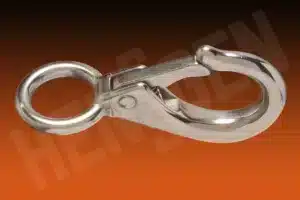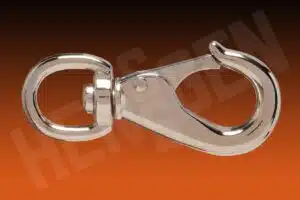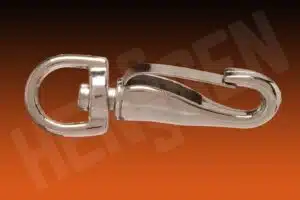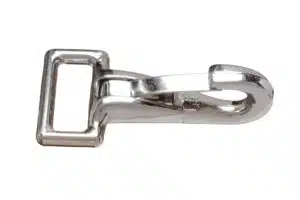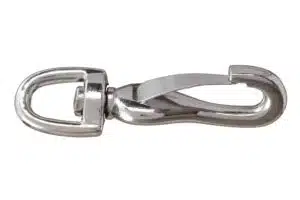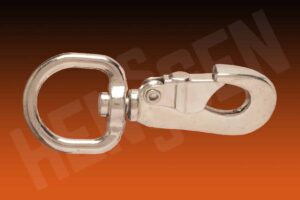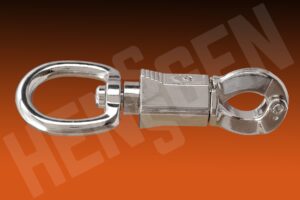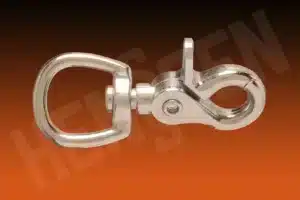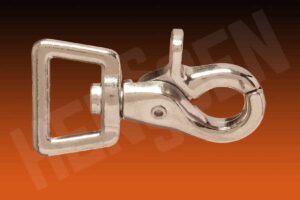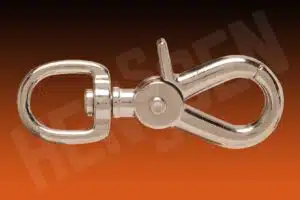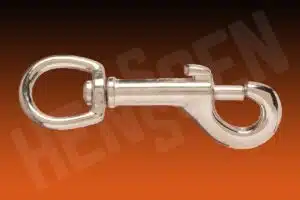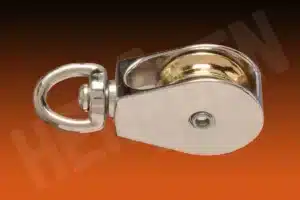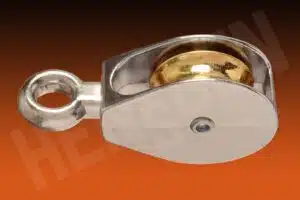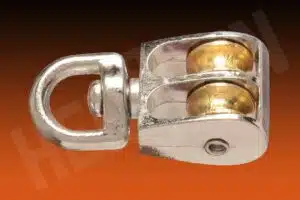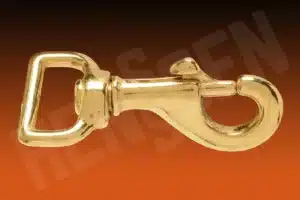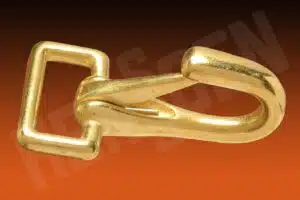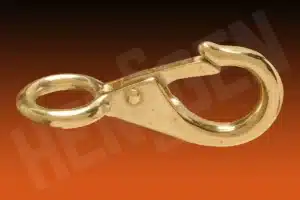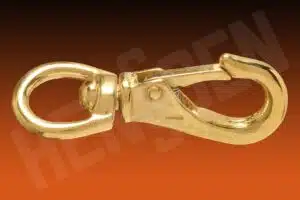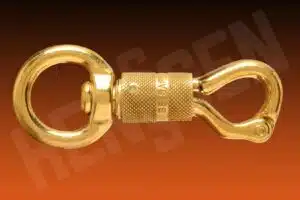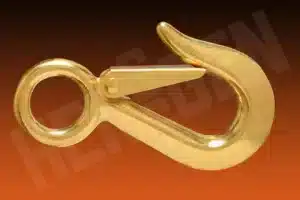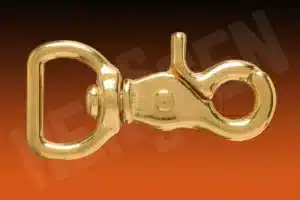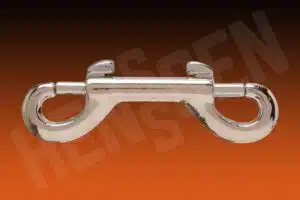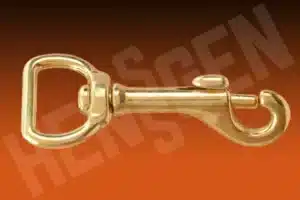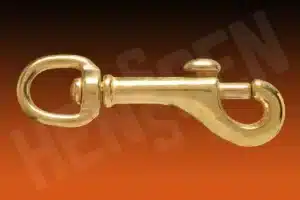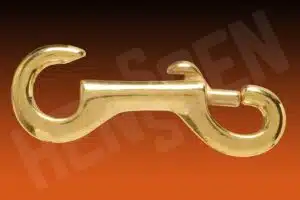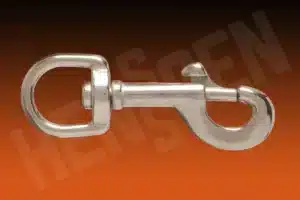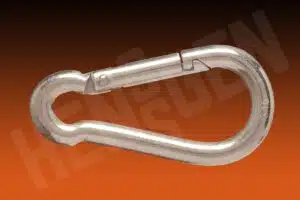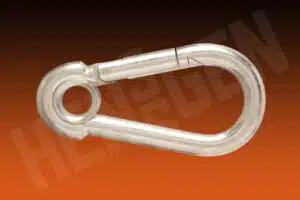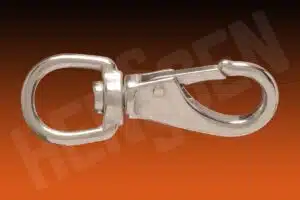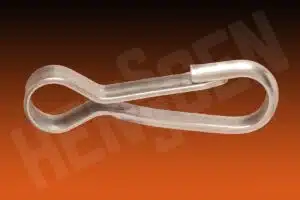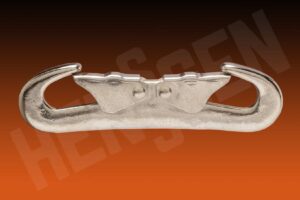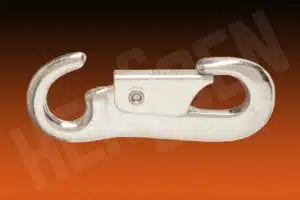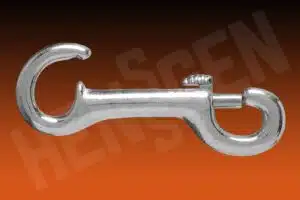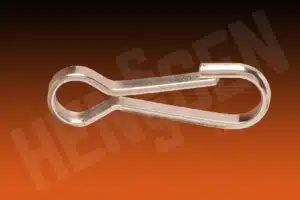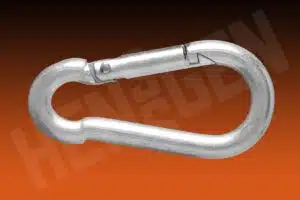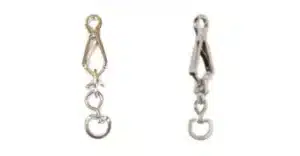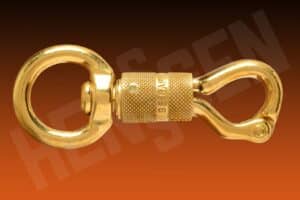Snap Hooks
-
Harness Swivel Eye Bolt Snap 1″
$1.57 -
Harness Fixed Eye Bolt Snap 1″
$1.63 -
Deluxe Harness Swivel Snap 1″
$1.30 -
Fixed Round Eye Spring Snap 5/8″
$1.29 -
Swivel Eye Spring Snap 3/4″
$1.43 -
Fixed Eye Spring Snap 3/8″
$0.48 -
Harness Swivel Spring Snap 5/8″
$0.61 -
Swivel Eye Harness Snap 1″
$1.82 -
Panic Snap Fixed Eye 3/4″
$3.28 -
Key Ring Snap Hook
$1.43 -
Open Swivel Eye Spring Snap
$0.78 -
Swivel Eye Baby Bolt Snap
$0.64 -
Swivel Spring Snap 3/4″
$2.98 -
Swivel Spring Snap Heavy Duty 7/8″
$4.71 -
Open Eye Swivel Snap 1″
$5.50 -
Bull Snap Swivel Eye 1″
$7.58 -
Swivel Eye Quick Snap 3/4″
$3.73 -
Fixed Eye Spring Snap 3/8″
$2.50 -
162 Double End Bolt Snap
$6.21 -
Heavy Bull Snap Swivel Eye
$4.95 -
Extra Heavy Bull Snap Swivel Eye
$5.32 -
Bull Snap Fixed Eye 7/8″
$2.99 -
Bull Snap Swivel Harness Eye 1″
$3.51 -
Fixed Eye Snap 5/8″
$1.13 -
Panic Snap with Harness Eye 1″
$5.46 -
Drop Forged Steel Hook 5/8″
$2.93 -
Flat Wire Simplex Snap
$0.09 -
Bit Snap
$0.39 -
Breaching Snap
$0.49 -
Deluxe Swivel Eye Bolt Snap
$1.29 -
Fixed Round Eye Bolt Snap
$1.26 -
Double End Bolt Snap
$1.55 -
Swivel Round Eye
$0.99 -
Harness Fixed Eye Spring Snap
$1.17 -
Small Swivel Eye Bolt Snap Zinc Die Cast
$0.95 -
Swivel Eye Bolt Snap Zinc Die Cast
$1.25 -
Jumbo Swivel Eye Bolt Snap Zinc Die Cast
$1.59 -
Utility Snap Fixed Eye
$0.82 -
Swivel Eye Boat Snap
$1.43 -
Swivel Eye Spring Snap
$0.60 -
Harness Fixed Eye Spring Snap
$0.49 -
Swivel Eye Spring Snap
$0.56 -
Swivel Snap
$2.07 -
Panic Snap Swivel Eye
$2.99 -
Swivel Eye Trigger Snap
$1.17 -
Harness Swivel Eye Trigger Snap
$1.34 -
Large Swivel Eye Trigger Snap
$1.81 -
Swivel Eye Bolt Snap
$0.90 -
Swivel Eye Pulley
$1.20 -
Fixed Eye Pulley
$0.85 -
Fixed Eye Double Pulley
$1.03 -
Swivel Eye Double Pulley
$1.37 -
Harness Swivel Eye Bolt Snap
$3.67 -
Fixed Eye Harness Snap
$3.00 -
Fixed Eye Boat Snap
$2.08 -
Swivel Eye Boat Snap
$3.84 -
Swivel Quick Release Panic Snap
$7.49 -
Brass Hook Round Eye
$5.50 -
Trigger Snap
$2.26 -
Harness Eye Trigger Snap
$2.51 -
Swivel Round Eye
$3.20 -
Double End Bolt Snap
$3.71 -
Harness Swivel Eye Bolt Snap
$2.46 -
Swivel Eye Bolt Snap
$2.20 -
Open Eye Swivel Bolt Snap
$2.87 -
Open Eye Bolt Snap
$3.61 -
Swivel Eye Bolt Snap
$5.46 -
All Purpose Snap Stainless
$1.83 -
All Purpose Snap With Grommet Stainless
$1.83 -
Fixed Eye Boat Snap
$3.76 -
Swivel Eye Boat Snap
$6.03 -
Simplex Snap
$0.69 -
Bull Snap Swivel Eye 7/8″
$3.25 -
Double Snap
$1.64 -
Open Eye Snap
$1.48 -
Swivel Eye Bolt Snap
$2.00 -
Open Eye Bolt Snap
$2.00 -
Simplex Snap with Swivel
$0.55 -
Simplex Snap without Swivel
$0.29 -
All Purpose Snap
$0.65 -
All Purpose Snap with Grommet
$1.00 -
German Scissor Snap
$3.19 -
Swivel Quick Release Panic Snap 3/4″
$6.86
Snap Hooks

